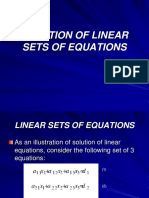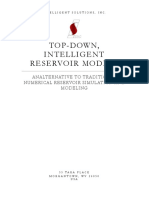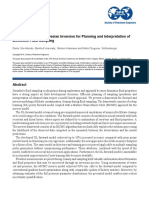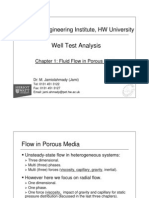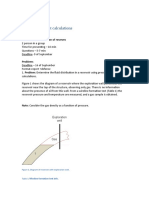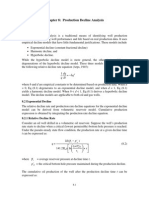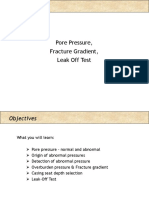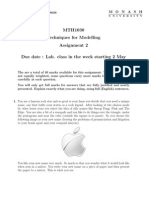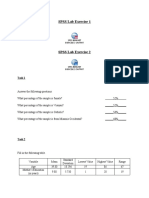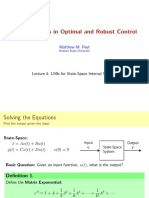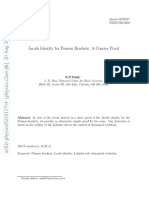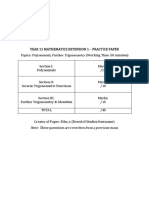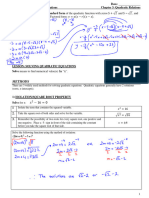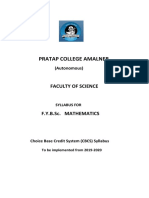0% found this document useful (0 votes)
136 views6 pages22MATS21 MATLAB Progs
The document contains MATLAB programs for various numerical methods including the Regula-Falsi and Newton-Raphson methods for solving equations, interpolation using Newton's Forward and Backward Difference formulas, and numerical integration using Trapezoidal and Simpson's rules. It also covers the solution of first-order ordinary differential equations using Taylor's series, Modified Euler's method, Runge-Kutta 4th order, and Milne's method. Each program includes code snippets and explanations for user inputs and outputs.
Uploaded by
22u1829Copyright
© © All Rights Reserved
We take content rights seriously. If you suspect this is your content, claim it here.
Available Formats
Download as PDF, TXT or read online on Scribd
0% found this document useful (0 votes)
136 views6 pages22MATS21 MATLAB Progs
The document contains MATLAB programs for various numerical methods including the Regula-Falsi and Newton-Raphson methods for solving equations, interpolation using Newton's Forward and Backward Difference formulas, and numerical integration using Trapezoidal and Simpson's rules. It also covers the solution of first-order ordinary differential equations using Taylor's series, Modified Euler's method, Runge-Kutta 4th order, and Milne's method. Each program includes code snippets and explanations for user inputs and outputs.
Uploaded by
22u1829Copyright
© © All Rights Reserved
We take content rights seriously. If you suspect this is your content, claim it here.
Available Formats
Download as PDF, TXT or read online on Scribd
/ 6







